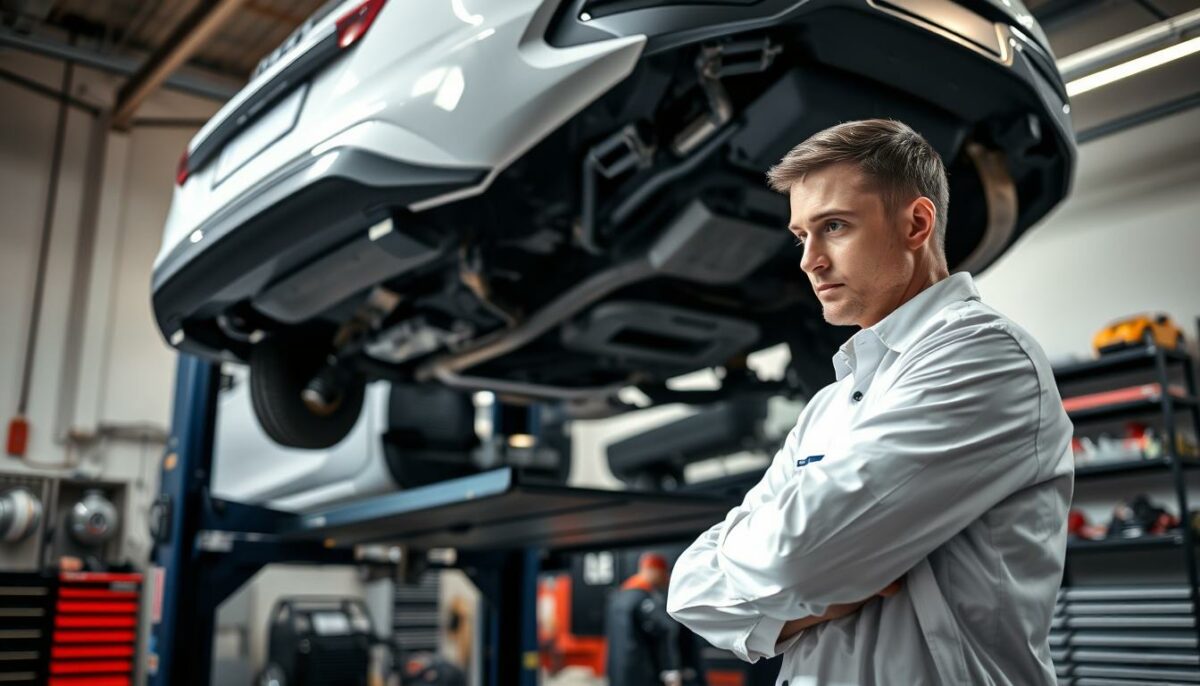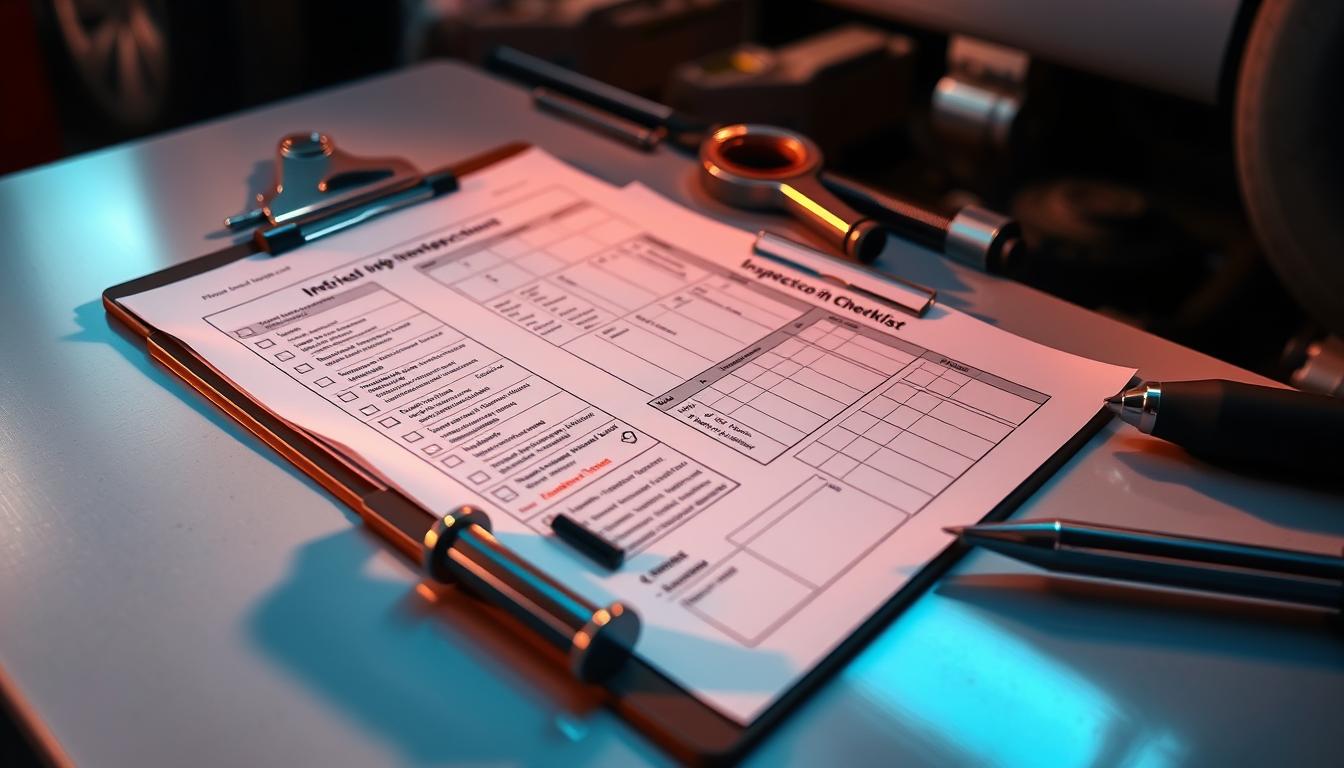We understand that buying a vehicle can be a daunting task, which is why we’ve put together a comprehensive vehicle inspection checklist to help you make an informed decision. With our car buying tips, you’ll be able to navigate the process with confidence and avoid costly surprises down the road.
Having a thorough vehicle inspection checklist is crucial in ensuring you’re making the right choice. Our guide will walk you through the essential steps and tips for inspecting a vehicle, from the exterior condition to the mechanical performance. Whether you’re a first-time buyer or a seasoned car enthusiast, our advice will empower you to make the best decision.
By following our vehicle inspection checklist and car buying tips, you’ll be able to identify potential issues and make a more informed decision. We’ll provide you with the knowledge and expertise to inspect a vehicle like a pro, giving you the confidence to drive away in your new vehicle, knowing you’ve made the right choice.
Essential Preparation Before Vehicle Inspection
When it comes to a used car inspection or pre-purchase inspection, being prepared is key. We want to ensure that we have all the necessary tools and equipment to conduct a thorough inspection. This includes a flashlight, tire pressure gauge, and a vehicle inspection checklist. By having these tools, we can ensure that we don’t miss any critical components of the vehicle.
A well-planned used car inspection or pre-purchase inspection can save us time and money in the long run. It’s essential to choose the right time and location for the inspection. We recommend conducting the inspection during the day, in a well-lit and flat area, allowing us to see the vehicle’s condition clearly. This will enable us to identify any potential issues or defects.

Before starting the inspection, we should request all relevant documentation from the seller, including service records and any existing warranties. This will provide us with valuable information about the vehicle’s history and help us make an informed decision. By being prepared and having all the necessary information, we can conduct a thorough and effective used car inspection or pre-purchase inspection.
- Gather all necessary tools and equipment
- Choose the right time and location for the inspection
- Request relevant documentation from the seller
By following these steps, we can ensure that our used car inspection or pre-purchase inspection is comprehensive and effective, giving us the confidence to make a well-informed decision about our purchase.
Tips for Inspecting a Vehicle’s Exterior Condition
When it comes to inspecting a vehicle, the exterior condition can reveal a lot about its overall health and maintenance history. As we conduct a vehicle exterior inspection, we look for any signs of damage, such as dents, scratches, or rust spots. Checking the paint for unevenness or fading is also crucial, as it can indicate poor maintenance or exposure to harsh weather conditions.
A thorough exterior inspection also involves checking the tires for adequate tread depth and even wear. We ensure all tires are in good condition, as uneven wear can indicate issues with the vehicle’s alignment or suspension. Additionally, inspecting the wheels, glass, and exterior trim for any damage is essential to get a complete picture of the vehicle’s exterior condition.
Here are some key points to consider during a vehicle exterior inspection:
- Check for dents, scratches, or rust spots on the bodywork
- Inspect the paint for unevenness or fading
- Verify the tires have adequate tread depth and even wear
- Examine the wheels, glass, and exterior trim for damage
By following these tips, we can gain a better understanding of the vehicle’s exterior condition and make a more informed decision. Remember, a thorough vehicle exterior inspection is essential to ensure we’re getting a reliable and well-maintained vehicle.

Crucial Mechanical Inspection Points
When it comes to evaluating a vehicle’s overall condition, a thorough mechanical inspection is essential. This process involves a series of car mechanical checks to identify potential issues before they become major problems. We recommend starting with the engine, checking for any signs of leaks, unusual noises, or performance issues.
A mechanical inspection should also include an evaluation of the transmission, brakes, suspension, and steering. The transmission should shift smoothly, without hesitation or strange noises. The brake system is also critical, with properly functioning pedals and no signs of wear on the pads or rotors. By performing these mechanical checks, you can gain a better understanding of the vehicle’s condition and make a more informed decision.
- Engine performance indicators, such as oil leaks or unusual noises
- Transmission and drivetrain checks, including smooth shifting and no hesitation
- Brake system evaluation, including pedal function and wear on pads and rotors
- Suspension and steering components, including any play or unevenness
By following these steps and performing a thorough mechanical inspection, you can ensure a safe and reliable vehicle. Remember to always prioritize your safety and the safety of others on the road. A thorough mechanical inspection is an essential step in the process of evaluating a vehicle’s condition, and it can help you avoid potential issues down the road.
Making Your Final Assessment and Next Steps
After completing a thorough vehicle inspection, it’s time to compile all your findings into a comprehensive report. This will give you a clear picture of the vehicle’s condition and help you make an informed decision. If you decide to move forward with the purchase, use your inspection report to negotiate the price, taking into account any repairs or issues you’ve identified.
Once you’ve agreed on a fair price, ensure all the paperwork is in order, and the sale is finalized. Remember, a detailed vehicle inspection is your best tool in avoiding costly surprises and ensuring you drive away in a reliable vehicle that meets your needs. By taking the time to assess the car’s condition, you can make a confident and informed decision that will serve you well in the long run.

